Twitter boycotts vs the market; LVMH vs The TOPs; Age vs Money; Never share what went right; Bulldog vs Musk; Boehly-conomics; UP US; The lure of America;
Overthinking the sports business, for money
The Olympic Gen Z mirage
We’re at that time of the news cycle, when Olympic marketers come out fighting to defend the TOP model from….I’m not sure who exactly.
The conversation is usually about relevance of the Games to the next generation.
But age isn’t the main worry.
Since LA84 there’s been a duality to the Olympic brand, the resonance of which varies depending upon not just how old you are but how much money you’ve got.
These are the fault lines exploited for political gain by the grievance mining grifters of Brexit and MAGA, who blame the world’s ills on immigrants and political and corporate elites.
Against this backdrop, the ‘Olympic Family’ can look a lot like the marketing arm of a global economic system which has favoured educated, rich people and ruined the lives of the poor and disadvantaged for whom globalisation has meant the Uberisation of their jobs, fat-cat tax avoidance, zero-hour contracts and the loss of workplace rights.
Young v old, rich v poor: this is the fractured landscape facing the IOC and its commercial partners in every major market, making the job of selling the Olympics every bit as much about wealth and education as it is about age.
Put another way, break dancing may not be the answer.
Let The Attribution Games Begin
The secret of Olympic marketing - Never reveal what went right
Rob Prazmark’s on to something.
Gen Z porn: Reimaging the Olympics.
UP Coming: Olympic Debrief - What Popped and Why? Podcast out tomorrow.
Meta, TikTok and Google at least engage with the issue. Twitter doesn’t care
Twitter is 'an incredibly efficient recruitment mechanism for the far right’.
This was Sanjay Bhandari’s phrase, from this week’s conversation with Azeem Rafiq.
Bhandari, chair of Kick It Out, says football has done a great job over 20 years in addressing and rooting out and challenging extremism in and around the ground.
Today, standing outside of a football ground, if you think about it from the fascist perspective, is an inefficient recruitment mechanism. Whereas social media is an incredibly efficient recruitment mechanism because you can have people pre qualify in by reaching out to your content. So, it seems that social media is much more the recruiting ground these days.
The National Front used to distribute Bulldog, their in-house rag and other propaganda sheets to football supporters.
They don’t need Bulldog anymore. They’ve got Twitter.
The market vs boycotts
There was a weekend three years ago, when a number of sports rights holders, along with Sky, Adidas and Cadbury took part in a joint social media boycott to protest racism.
Boycotts rarely achieve their goals imho.
But this time around, the social media market is different.
Musk’s presence at the top of Twitter has made the decision to stop using the platform easier, at least from a UK perspective.
In 2021, a year before Musk bought the company, Twitter’s UK office put this statement out after the boycott above, which weirdly remains up on the company blog.
No doubt the people who wrote that blog post have been sacked as part of Musk’s anti-woke purge.
It’s his company, his decisions. It’s not like he’s trying to hide.
But why pay him?
The business of football didn’t used to advertise in Bulldog, how long will they fund its replacement?
Boehly-conomics as meme
Thanks to Jan Fjortoft for sending this in.
AllianzTwickers
Neil Hopkins went through the Rugby World Cup contracts:
And Allianz can point to another piece of real estate that fits their strategy of accumulating high profile bricks-and-mortar visibility worldwide. Except in a year or so's time, when the Women's RWC final takes place at a stadium World Rugby's commercial rules stipulate must be simply called "Twickenham"
How to solve the problem of America
Unofficial Partner is growing rapidly in the US.
Substack’s data gives a breakdown of newsletter subscribers, by location:
The podcast audience has always been bigger and more widespread than the newsletter, but each week the data shows the same growth trend across North America - see below.
Questions arising
It’s great news that people are finding and sharing the podcast and the newsletter in the biggest and most influential sports marketplace in the world.
The lure of America brings a question, one I’ve been asked in a previous life.
Twenty years ago, I was editor of SportBusiness in London. The company was bought by a group of people keen to court the US market.
Warburg Pincus bit on the sales story and ploughed in millions of OPM, predicated on going head to head with SBJ in the US.
We opened a New York office. Then….nothing.
Spoiler: It failed.
Twenty years on and SBJ remains a big beast in the US market - they bought Leaders to have a foothold in London - and are now competing with a new generation of sports biz platforms such as Front Office Sport, Sportico and a host of Substack newsletters and podcasts of various shapes and sizes.
The US market doesn’t need another new entrant. It’s very well served.
But there is a gap, which we’re filling. To be the place people from that market come to when they’re thinking beyond the US.
It’s really hard to be relevant as a commentator on the business in the US.
We’re not close enough to it, we’re not out and about having conversations, gossipy lunches and after work drinks, testing pet theories and chatting about not-yet-announced new deals and have-you-heard-where-that-bloke-you-can’t-stand-is-going-next whispers.
The other thing that happens is more subtle.
It’s to do with tone of voice.
You start writing for people you don’t really know.
When I write this newsletter I assume a great deal of knowledge on the part of the reader, a version of the Paul Hawksbee Rule: Keep up or fuck off.
Jokes in particular become difficult, because you need to give too much context.
I know the reader.
Or, more accurately, I’ve a very clear idea of who I’m writing to. Sometimes I personalise this, as though writing an email to a mate.
Problems begin when I start to write for an imaginary reader, who I don’t know. I’m guessing. Reaching. The language becomes blander, less colloquial, more generic, less interesting.
All these small details are what collectively get called tone of voice.
In the blizzard of stuff to hit your inbox, I think this is why you’ve clicked on this email and have read this far.
It’s another way of saying that focus is critical to creating something worthwhile.
I remember Two Circles co-founder Claire Rogan once said to me, it’s important to be known as the best at something.
When we started UP, we wanted to be the best sports business podcast and newsletter in the UK.
You’ll have a view as to whether we’re succeeding or not but this is not about that.
Of course, we’ll talk and write about America - but we’ll do it in our own way, from over here.
This week we did a podcast going deep in to three stories in the US marketplace, with Daniel Kaplan, formerly of SBJ, ironically.
And of course, if you’re over there and think that you can help make what we do better, we’d love to hear from you.
Thanks for reading.
Share this newsletter with your friends and family.
And finally…
Now click the Fucking Like Button, I Mean How Fucking Hard Can It Fucking Be????
It’s the heart shaped thing below, you fucking bell end. It’s the lowest form of human-to-internet engagement and for reasons we don’t quite understand helps us appear more popular with people who don’t yet receive the newsletter, most of whom are of no value in and of themselves, but who collectively add to the story that this newsletter is popular among a group we’ve started to call industry insiders.
We’re grateful for your help in this matter.

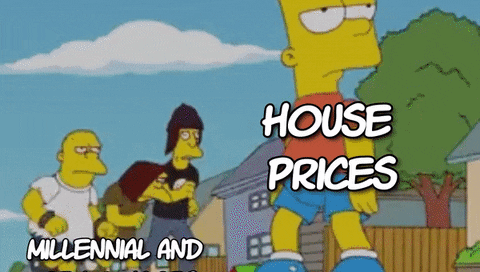



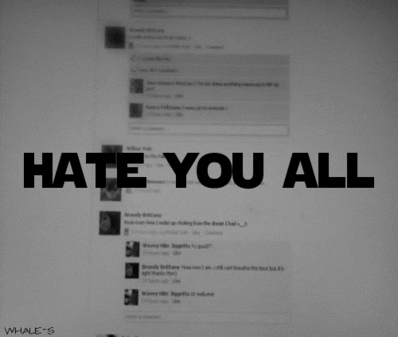
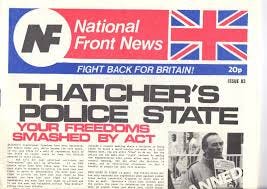
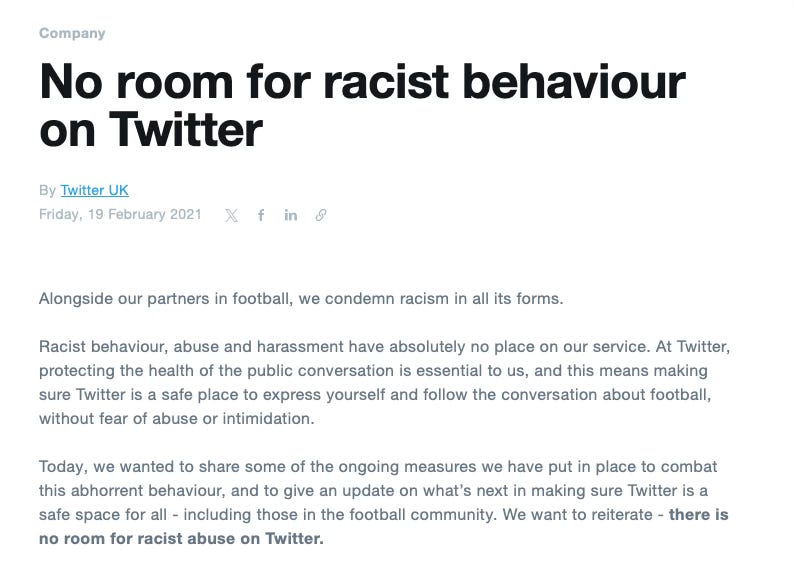

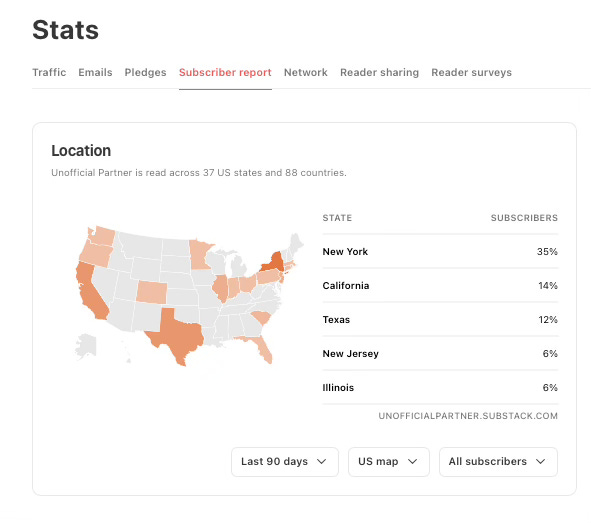
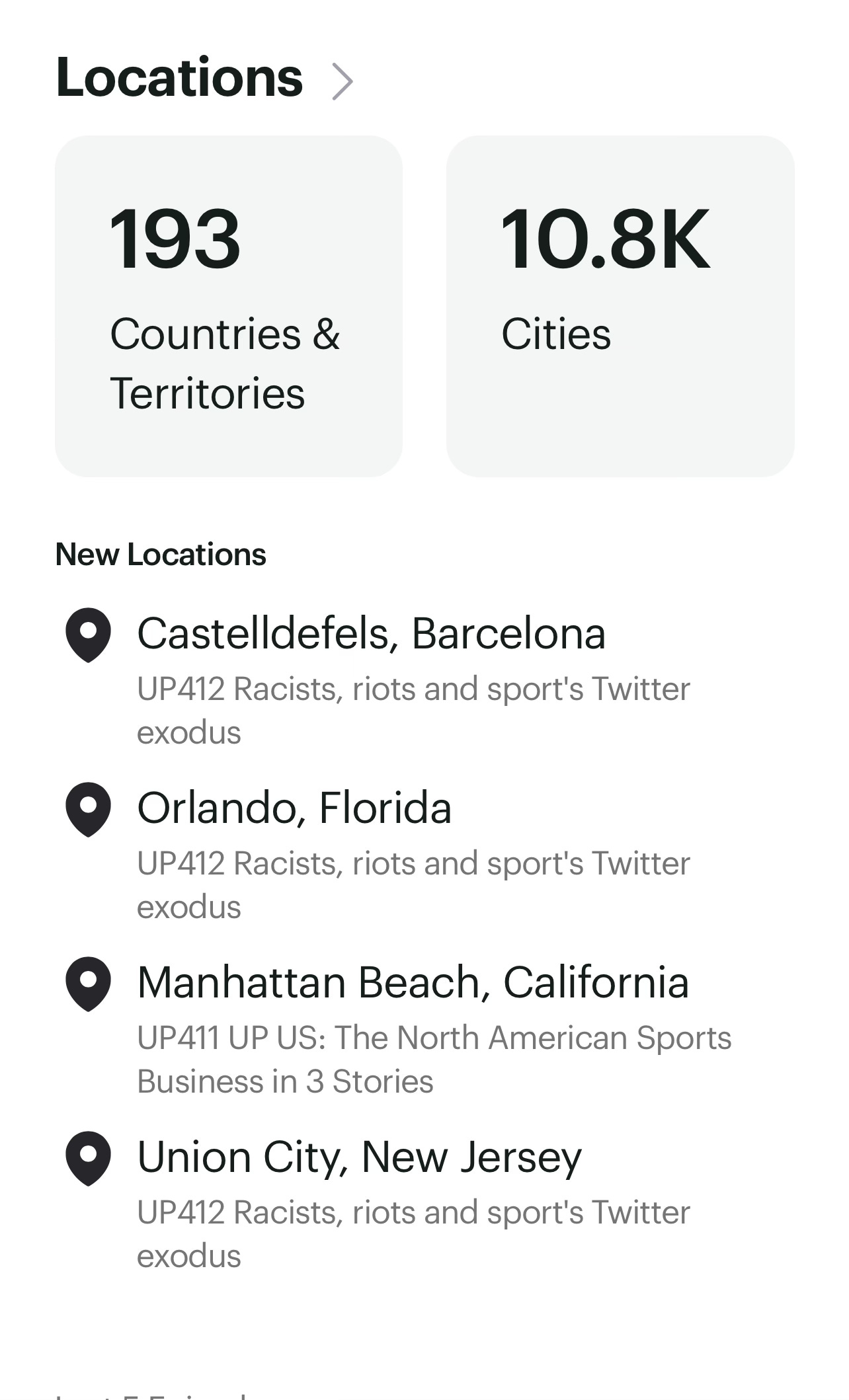
Another great newsletter. Any thought of highlighting the relationship between grassroots participation and how much those participants are worth to the sport IF you keep them playing ?
Great story. I’m US-based and have been listening/subscribing from close to the beginning of UP. Would be happy to download with you on the value I perceive/the gap being filled/UP’s competitive moat with respect to the U.S. audience. Reach out anytime. Thank you, Nick